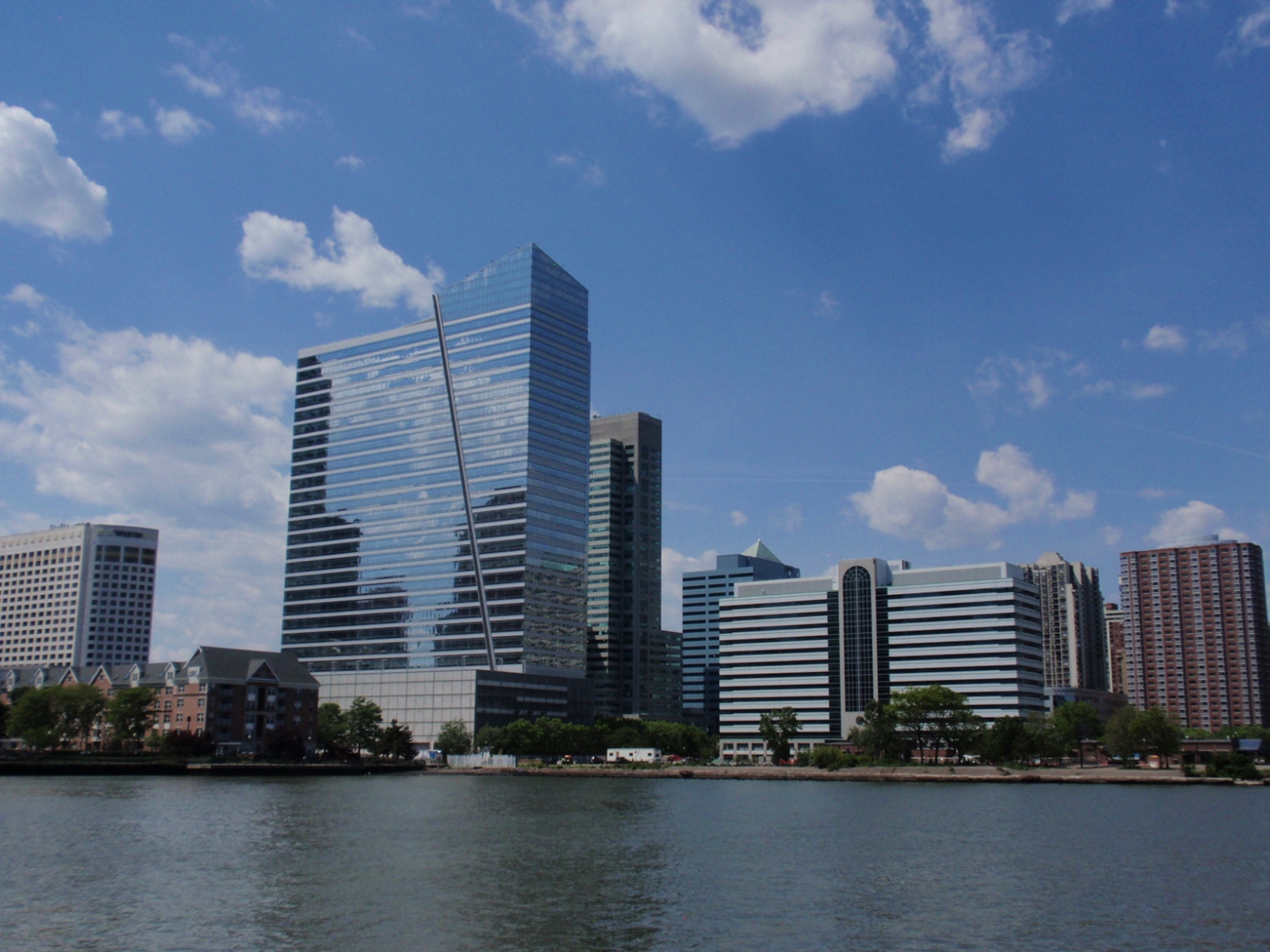While there is no exact definition of skyscrapers they are generally viewed as very tall multistoried buildings. The term came into popular use in the 1880’s in the U.S. after the first “tall” buildings were constructed. The Home Insurance Building in Chicago, built in 1885, is often cited as the first modern skyscraper. It was only 10 stories high but had steel columns allowing it to be taller than buildings built earlier. The ability to mass produce iron and steel, along with the invention of the passenger elevator, made much taller buildings possible by the late 1880’s. At first they were mainly office buildings to accommodate the growing needs of businesses and later included residential towers for cities’ growing populations. The history of skyscrapers in Jersey City begins with the Labor Bank Building, located at 26 Journal Square.

Today, skyscrapers help define a city symbolizing economic prosperity as well as wealth, power and prestige. Like other cities, Jersey City’s skyscrapers are an important part of its history and identity representing the City’s economic revival that began in the 1980’s and which has continued in fits and starts since. Most of Jersey City’s skyscrapers are by its waterfront creating a skyline that can be seen from many parts of the city.
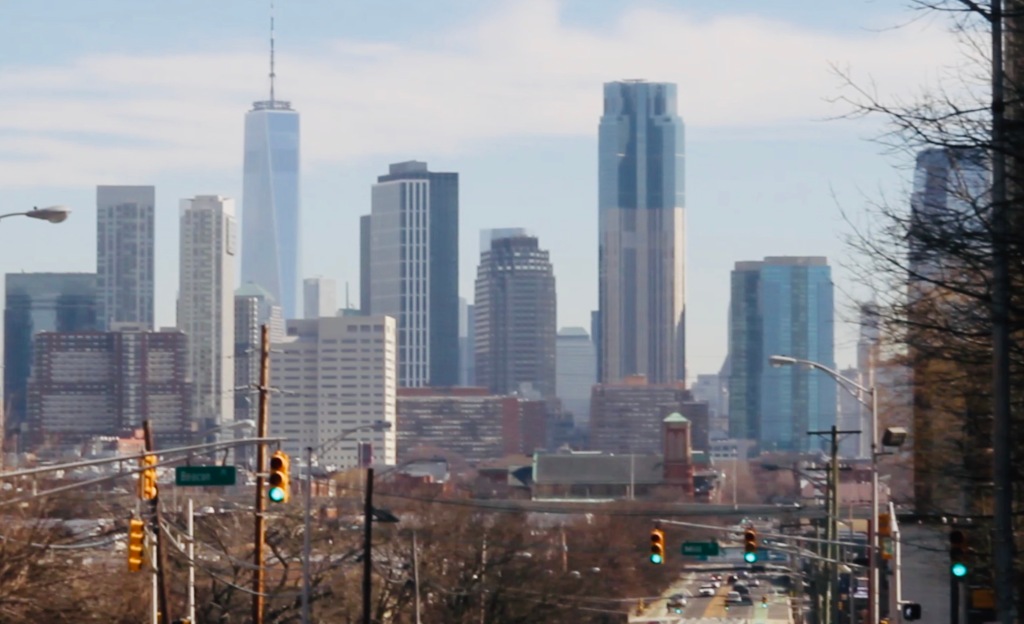
In the mid 1980’s, Wall Street firms, facing higher rents, were looking for cheaper office space. Jersey City, with a waterfront of mostly obsolete factories, warehouses and railyards, was seeking ways to replace its dying manufacturing economy. With its tax breaks and proximity to Wall Street, Jersey City was able to lure many financial firms to the waterfront. Corporate towers arose alongside luxury housing high-rises to accommodate the professionals working in the financial services industries. Hotels were also built to serve a growing tourist industry. Jersey City was able to capitalize on one of its major assets, proximity to Manhattan.

Harborside is one of the earliest developments on the waterfront. The building began as a storage facility and distribution center for the Pennsylvania Railroad. In 1986, it was converted to an office building for the growing financial services support industry.
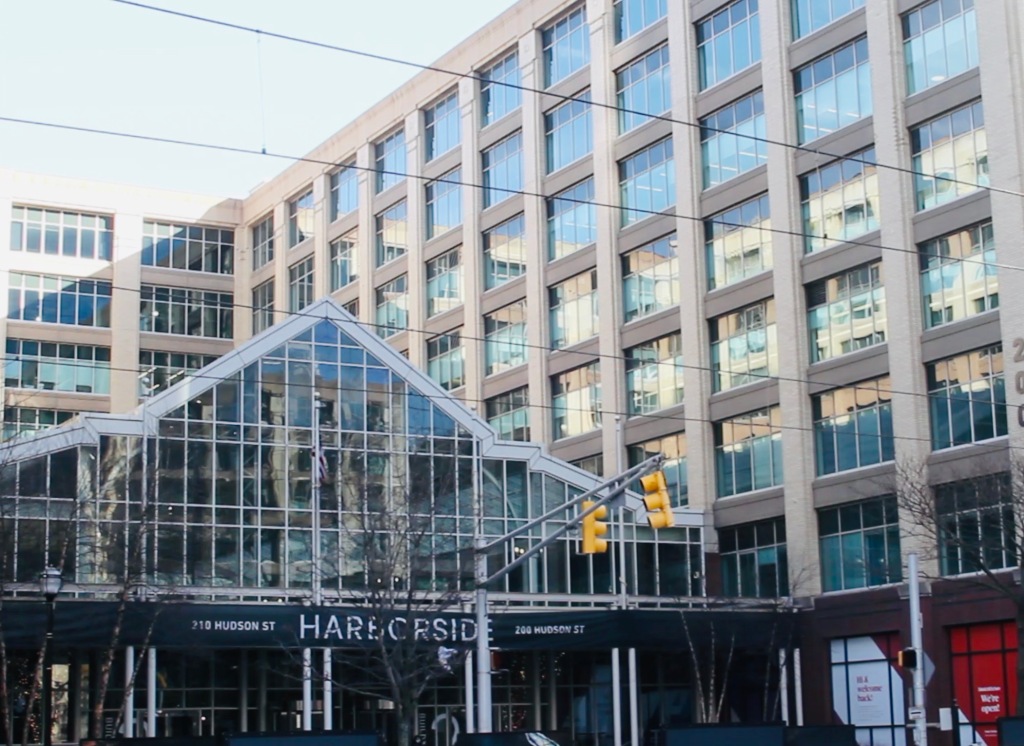
The James Madison is another one of the residential high rises built during the early phase of the waterfront’s redevelopment. It is one of a pair of twins called the “Presidential Towers,” the other twin being the John Adams. It is 34 stories high and was completed in 1988. It is part of Newport, 600-acre, master-planned mixed-use community with retail, office and residential buildings. Newport began in the 1980’s after the developer Sam Lefrak saw an opportunity on Jersey City’s waterfront.

One of the most iconic skyscrapers representing Wall Street, standing at the edge of the waterfront, is the Goldman Sachs Tower. It symbolizes the rise and dominance of financial services in Jersey City’s economy.
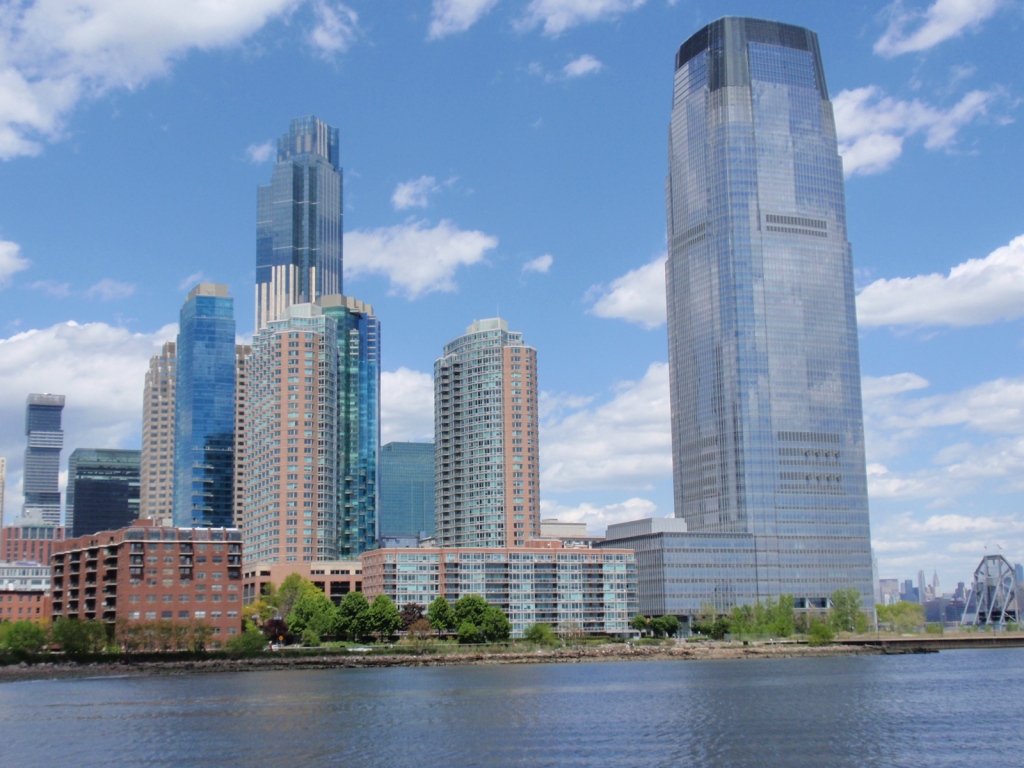
Goldman Sachs now occupies the site of the Colgate factory, part of the city’s former skyline. Its massive octagonal clock remains, a vestige of the city’s manufacturing past.
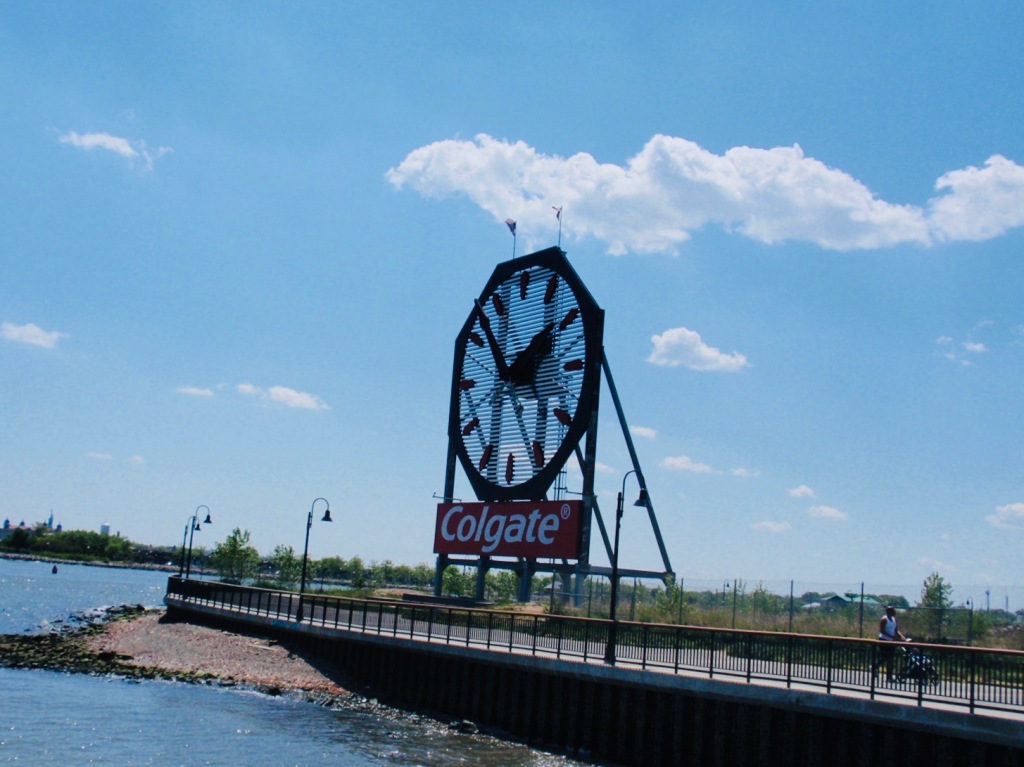
Several hotels are now part of the skyline by the waterfront symbolizing the rise of tourism that has become integral to urban economies since the decline of manufacturing.
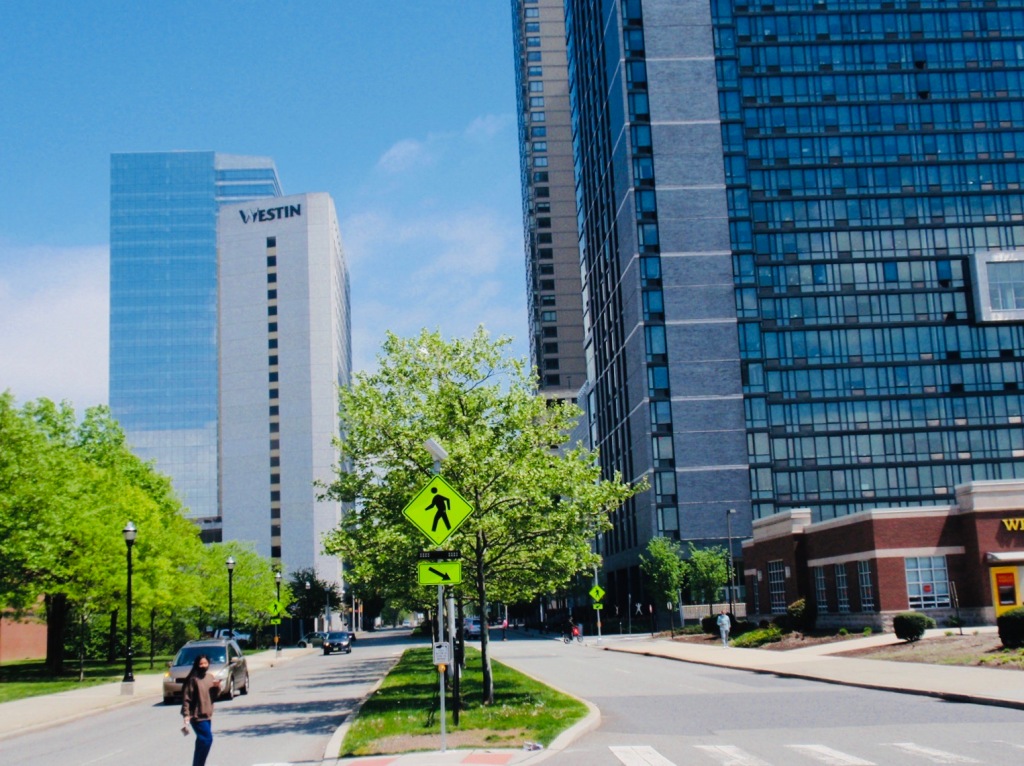
One of the more recent skyscrapers is the Urby, a 70 story residential building completed in 2016. Made up of a series of stacked cubes with the edges of floors extending over each other, it stands out from the uniformity of most of the other tall buildings.
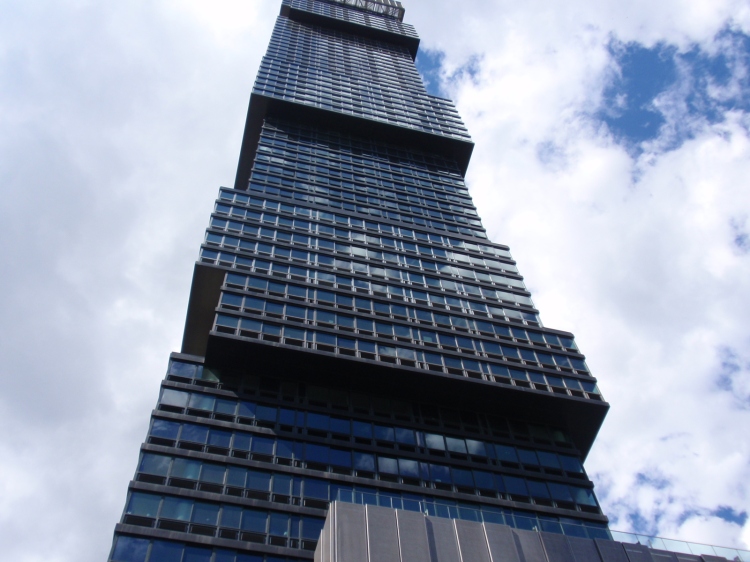
Another very recent skyscraper is 99 Hudson, completed in 2020. At 79 stories, it is currently the tallest building in the city and the state. Height not only defines skyscrapers, it is a measure of their prestige. The taller the building the greater its status. Cities have competed with one another to claim the tallest building in the world.
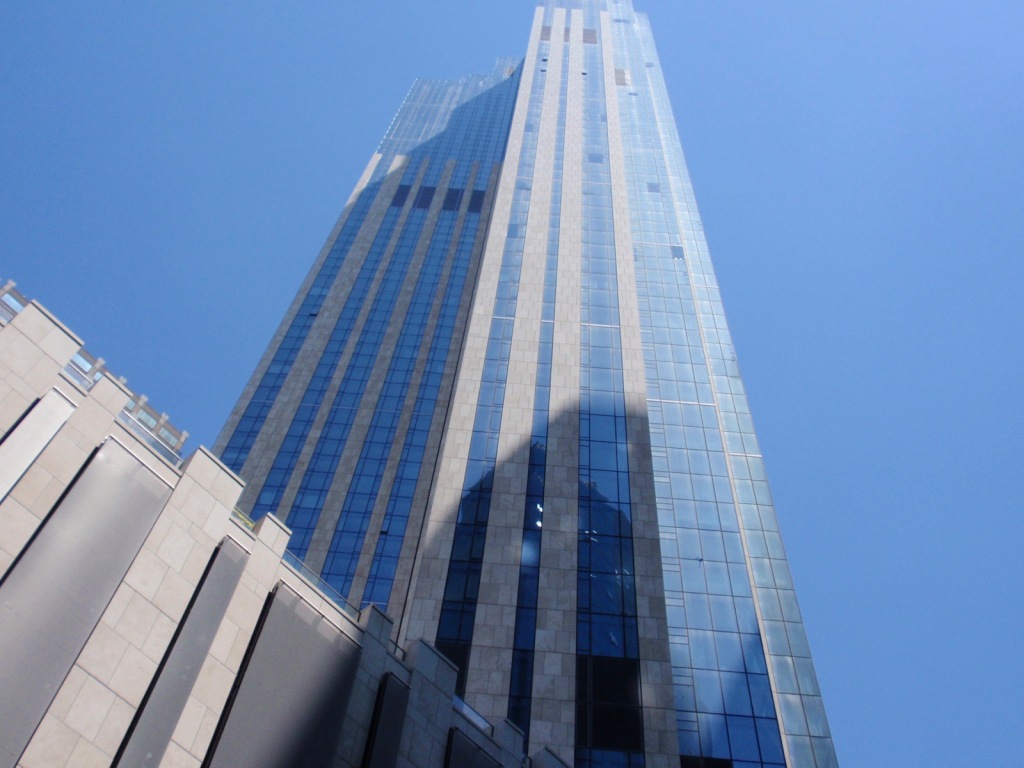
While skyscrapers are symbols of commerce and art, for some, they are much more. They are also symbols of inequality. What do you think? Comment below.
Follow This Blog
Get new content delivered directly to your inbox.
- Gentrification Math & the False Promise of Affordable Housing
- Why is the City Selling Public Property to Luxury Housing Developers?
- Why So Much Luxury Housing in a City Where Most Can’t Afford It?
- Why Do So Many New Apartment Houses Look Alike?
- Signs of Gentrification: House Numbers, Their Color and Design
